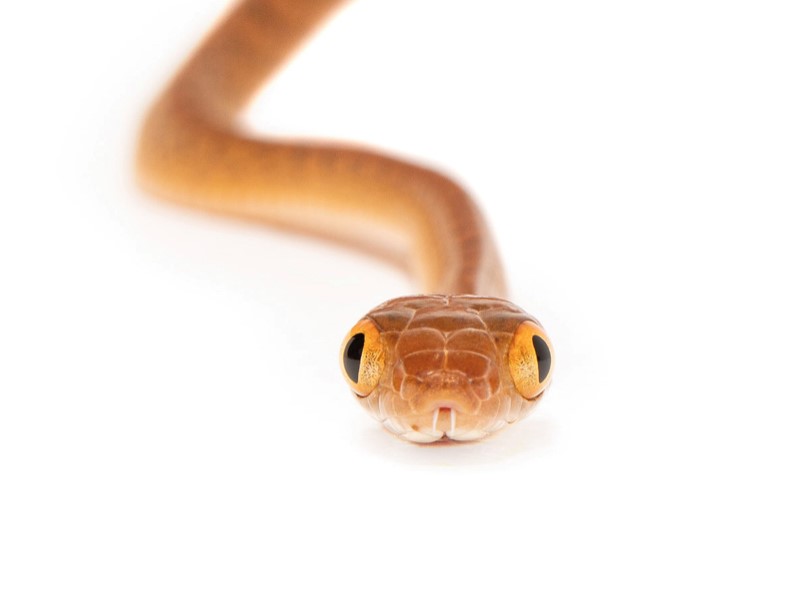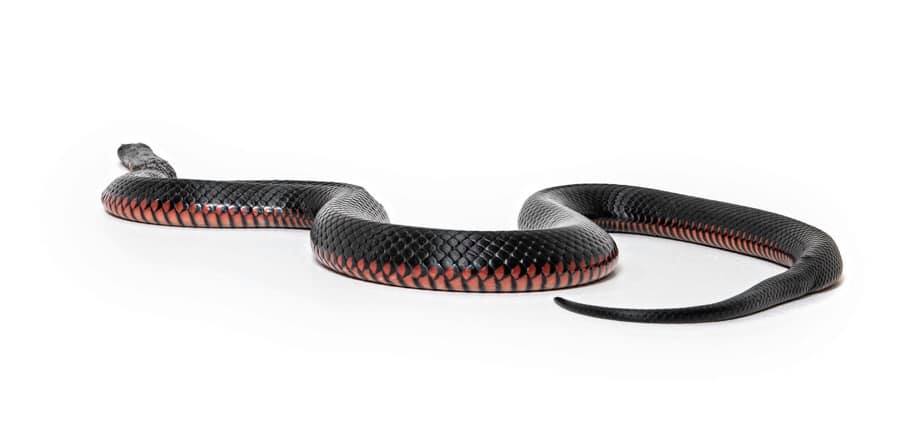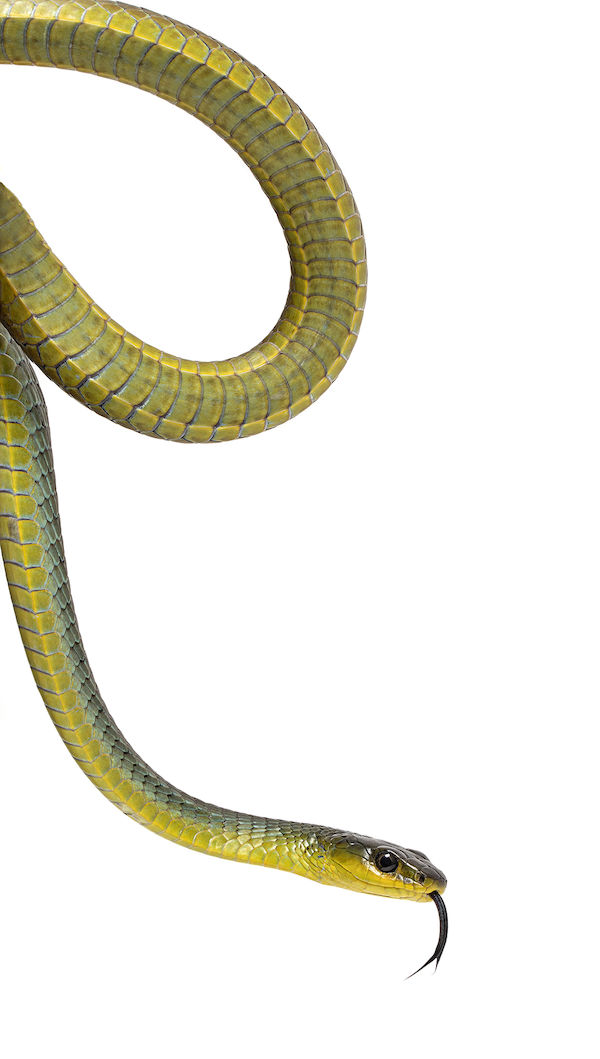Snakes Are Helpful

Snakes Are Helpful
by Lynleigh Greig
Sydney Wildlife
Imagine being able to do the following:
- Consume your entire dinner in one mouthful - not using your hands
- Shed off your entire skin in one piece
- Not blink – ever
- Breath with just one lung
- Smell with your tongue
If you could do all of these things, you would either be super-human or…
you would be a snake!

Hi, my name is Pimento. I’m a brown tree snake and I’m a resident of the Northern Beaches, just like you. Whilst you are all asleep at night, I go about my business quietly and efficiently and I make sure to rid your gardens (and outdoor sheds) of vermin. The only thing I ask for in return is to be left in peace.
Snakes – Our Quiet, Unpaid and Unappreciated workers
There are multiple dangers in the world – people driving badly, drug-addled or aggressive people, machines with spinning blades, planes that can fall from the sky, viruses that can spread in seconds and diseases that can wipe out thousands of people in a short time. Yet most people will tell you that their biggest fear is encountering a snake…!
So what is it about snakes that makes people behave in an irrational manner?
A true fear of snakes is known as Ophidiophobia. But I believe that many people only think they are afraid of snakes because of a perceptual bias. Most people are taught from a young age to fear them.
A part of your brain called the pulvinar might also be to blame…. So what exactly is the pulvinar…? It is the largest nucleus of the thalamus and has strong connectivity with the visual cortex. In other words, it reacts to a visual stimulus by firing up the neurons.
A team of scientists from the National Academy of Sciences examined the fear of snakes and found that certain neurons in the pulvinar only respond to snakes. These ‘snake-dedicated neurons’ may be a legacy of our distant primate past, when they may have posed a threat to survival.
But a creature that is so feared is actually an extremely helpful ally.
So, why are snakes helpful to us?
Imagine that you have a family of rats living in your outdoor shed. They chew through everything, leave faeces everywhere and carry potentially deadly diseases. A python happens upon the nest and eats them all up. Had the python not solved your problem that quickly, here is what could have happened:
A female rat typically births 6 litters a year and each litter can consist of anywhere between 5-12 baby rats. Given that rats can reach sexual maturity anywhere between 5-9 weeks old, a population can swell from 2 rats to around 1,250 in one year! And, of course, these numbers multiply exponentially!
When I lived in the bush in Africa, I found myself sharing quarters with many wild creatures. I have shared a house with a rat and I have shared a house with a snake. The rat was noisy, messy, dirty and chewed through everything from clothing to electrical wiring. The snake was quiet, clean, tidy and took care of my rat problem. I quickly concluded that a snake is a much better house-guest than a rat!
Rats are not only a problem for humans, but they also cause untold problems for wildlife. They are in direct competition for food, shelter and other resources and can quickly outnumber any native animal. They are also carriers of diseases that directly and indirectly affect wildlife as well as humans.
A very good example is rat lungworm disease (Angiostrongylus cantonensis). Rat lungworms are parasites that affect wildlife and humans. The adult worms are found in rats which then excrete the parasite’s larvae in their faeces. When snails or slugs come into contact with the infected rat faeces, they become infected. Wildlife such as tawny frogmouths, kookaburras and blue-tongue lizards eat the snails or slugs and – without treatment – they will die from the disease.
People can be infected with rat lungworm disease, too, if they accidentally eat a raw snail or slug that contains the lungworm larvae; or if they eat unwashed lettuce or other raw vegetables that have been contaminated by the slime of infected snails or slugs.
Other examples of diseases that can be spread by rats are salmonellosis, leptospirosis and tularemia.
So What Is The Solution?
The solution is NOT to bait the rats (or the snails) as this causes a whole different set of problems for wildlife and humans (and pets). If poisoned rats are eaten by the exact animals that are there to control their populations, they will die. Examples of animals that control rat populations are snakes, powerful owls, lace monitors, kookaburras, ravens etc. Dogs will often find and ingest the bait as well and it can be fatal for them, too.
The solution is: let the snakes do their job. They offer free pest extermination (removing the rats and any possible diseases they may carry) and they do it free of charge!


References:
- www.nytimes.com
- https://www.health.nsw.gov.au/Infectious/factsheets/Pages/rat-lung-worm.aspx
- https://www.rentokil.com/us/blog/quickly-can-rats-multiply-facility/#:~:text=A%20female%20rat%20typically%20births,the%20potential%20to%20grow%20exponentially.
The beautiful snake images were taken by the very talented Peter Sharp of Tame and Wild Studio www.tameandwildstudio.com
Contact Sydney Wildlife
If you need help for sick, injured or orphaned native wildlife please CALL the Rescue Line on (02) 9413 4300.
The rescue line operates 24 hours a day, every day of the year.
